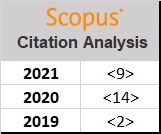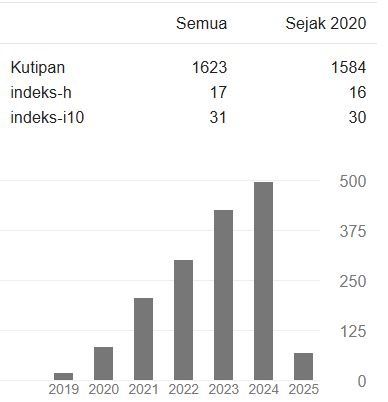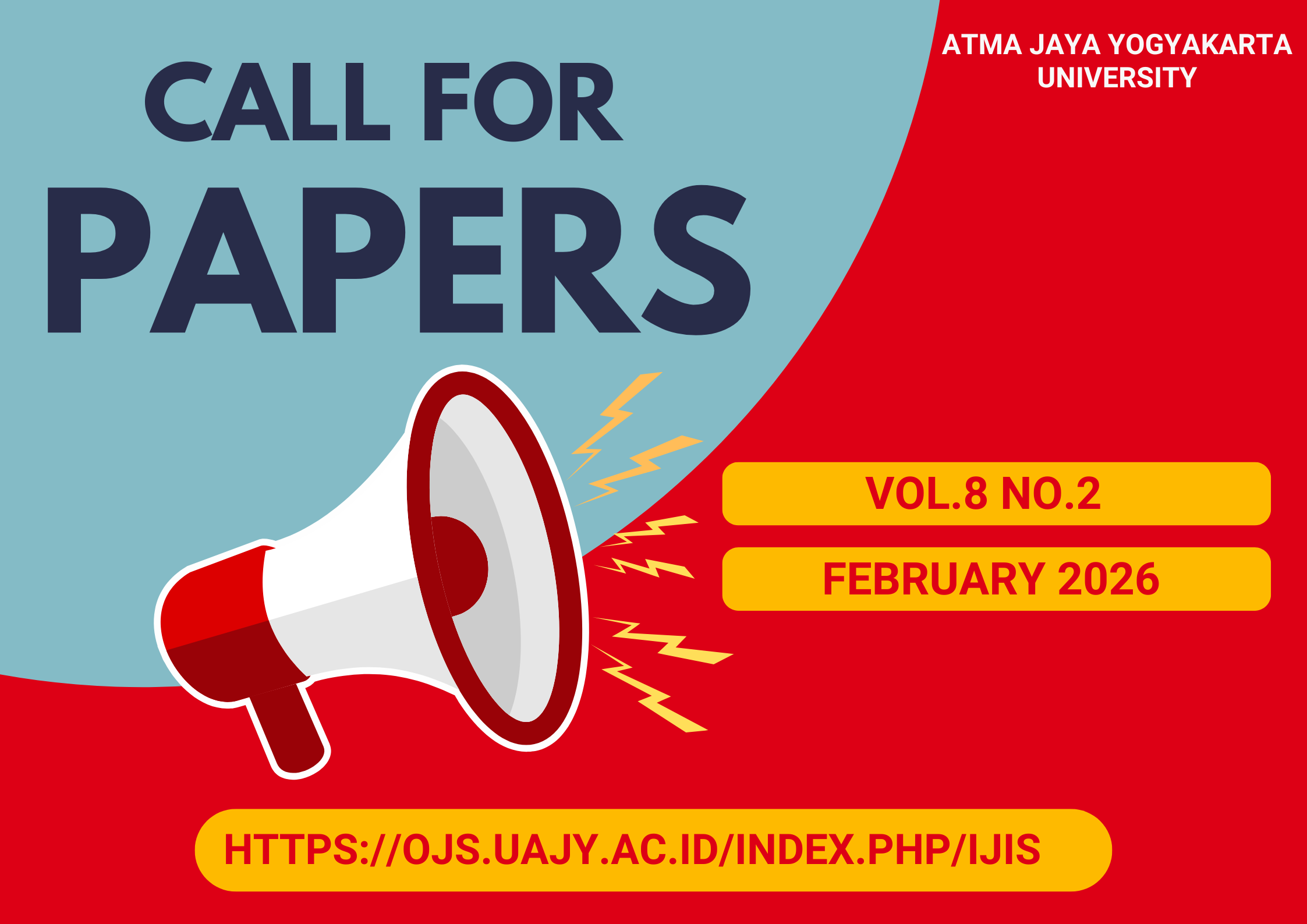Implementation of Group-Based Human Movement Model in Opportunistic Network
DOI:
https://doi.org/10.24002/ijis.v5i1.6164Abstract
As an instance of a distributed computing system, opportunistic networks facilitate message dissemination in a store-carry-forward manner. In this setting, the mobile devices are communicating in opportunistic contacts as they move across the network areas. However, the movement of these mobile devices is exclusively reliant on the mobility of their human owner, thereby limiting the likelihood of contact. The current state of the art typically simulates human movement based on randomness, which is unsuitable for representing how people move in groups. Therefore, this paper proposes an implementation of a group-based human mobility model to simulate device-to-device communication in opportunistic networks. In this model, individuals are able to move as a set within a group and have the ability to join and leave the group dynamically We built the model in BonnMotion and subsequently implemented it in an opportunistic environment simulator, ONE Simulator. To evaluate the proposed model, we compared them to the random-based model as a benchmark. Subsequently, we assess the impact of the movement model on two major areas of network performance: message delivery performance and resource utilization, such as nodes’ energy consumption. We are concerned about these aspects since the mobile agents have limited resources yet are expected to achieve a high rate of message delivery as well. The simulation results show that our model outperformed the random-based model in terms of the number of successfully delivered messages and average delay. However, the number of message replications and the energy consumption is fairly higher than those of the benchmarks.
Downloads
Published
How to Cite
Issue
Section
License

This work is licensed under a Creative Commons Attribution-ShareAlike 4.0 International License.
Indonesian Journal of Information Systems as journal publisher holds copyright of papers published in this journal. Authors transfer the copyright of their journal by filling Copyright Transfer Form and send it to Indonesian Journal of Information Systems.

Indonesian Journal of Information Systems is licensed under a Creative Commons Attribution-NonCommercial 4.0 International License.

















